There’s something timeless about an old oak tree. Maybe it’s the swing that hangs from one of its branches, the cool shade it casts on summer afternoons, or the way it’s quietly witnessed years of backyard memories. But when it comes to landscaping beneath one, things get tricky.
You might picture a lush, green lawn stretching beneath its canopy—but instead, you’re dealing with patchy grass, stubborn roots, and bare soil. Mowing is a pain, nothing seems to grow, and it’s starting to feel like a landscaping dead zone. How can you beautify this barren mess without compromising the health of the tree? It’s actually pretty easy!
Tips for Landscaping Under Oak Trees

Image Credit: Shutterstock.
Live oaks are large trees, and a mature oak will provide a lot of shade from full sun, as well as a lot of organic matter when they drop their leaves. You can landscape properly under the mature trees and improve the visual appeal of the lawn without harming the tree itself. This could mean planting beds of flowers that don’t compete with or leech from the tree’s roots. Or it could be mulch or other decorations. Here’s how.
1. Look to Nature
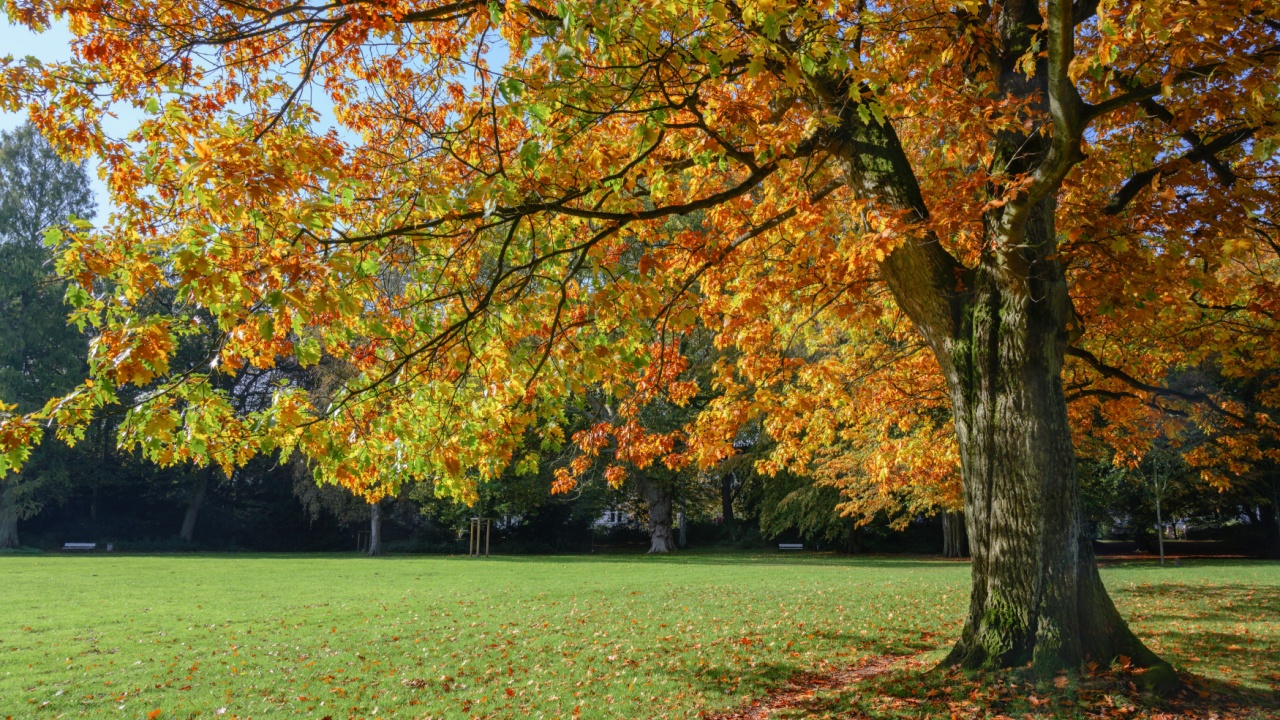
Image Credit: Shutterstock.
One of the best ways to ensure successful landscaping around an oak tree is to mimic nature. The kinds of plants that naturally cohabitate with oaks in the wild are the most likely to thrive under your oak tree and the least likely to harm it.
If you don’t already know what type of oak you have, start by identifying it. Then learn about your particular species: Where does it grow? What does the immediate landscape typically look like? What other plants thrive in that type of environment?
Note also that some oaks, like chestnut (Q. prinus) and red oaks (Q. rubra), tend to be hardier and can handle some minor disturbance, while others, like the coast live oak (Q. agrifolia) in California, are more fragile.
2. Mind the Roots
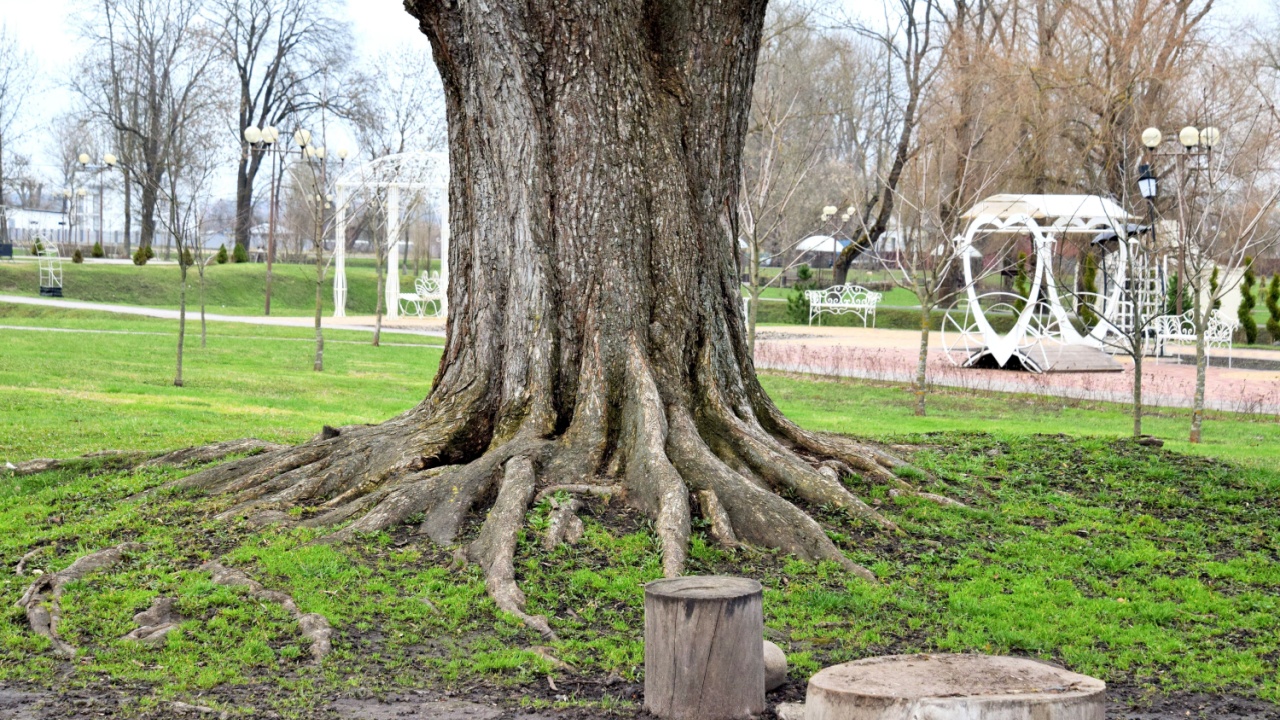
Image Credit: Shutterstock.
Never underestimate the importance of roots. A common misconception is that a tree’s roots grow as far out as the tips of its branches, but actually, a tree’s roots can grow as wide as two to three times the width of its crown. This extensive root system not only anchors the tree to the ground but also absorbs water and nutrients, stores food, synthesizes important organic compounds, and even associates with the symbiotic fungi mycorrhizae.
Given this, the main thing to consider when landscaping under oak trees is the roots. Take care to avoid damaging the roots or compacting the soil under the tree while implementing your landscape design. Never cut the roots, if you can help it, as this can significantly affect the overall health and structural stability of the tree.
If necessary, you can add two to four inches of soil or compost around the tree for a growing medium. Make sure to keep the thin layer of extra soil from touching the trunk, and note that adding too much can suffocate the roots.
When purchasing plants to put under an oak tree, choose smaller container sizes so you can dig smaller holes, reducing any disruption to the roots. A good rule of thumb is to buy plants in one-gallon pots or, ideally, smaller.
Learn more about landscaping around exposed tree roots.
3. Mulch Properly
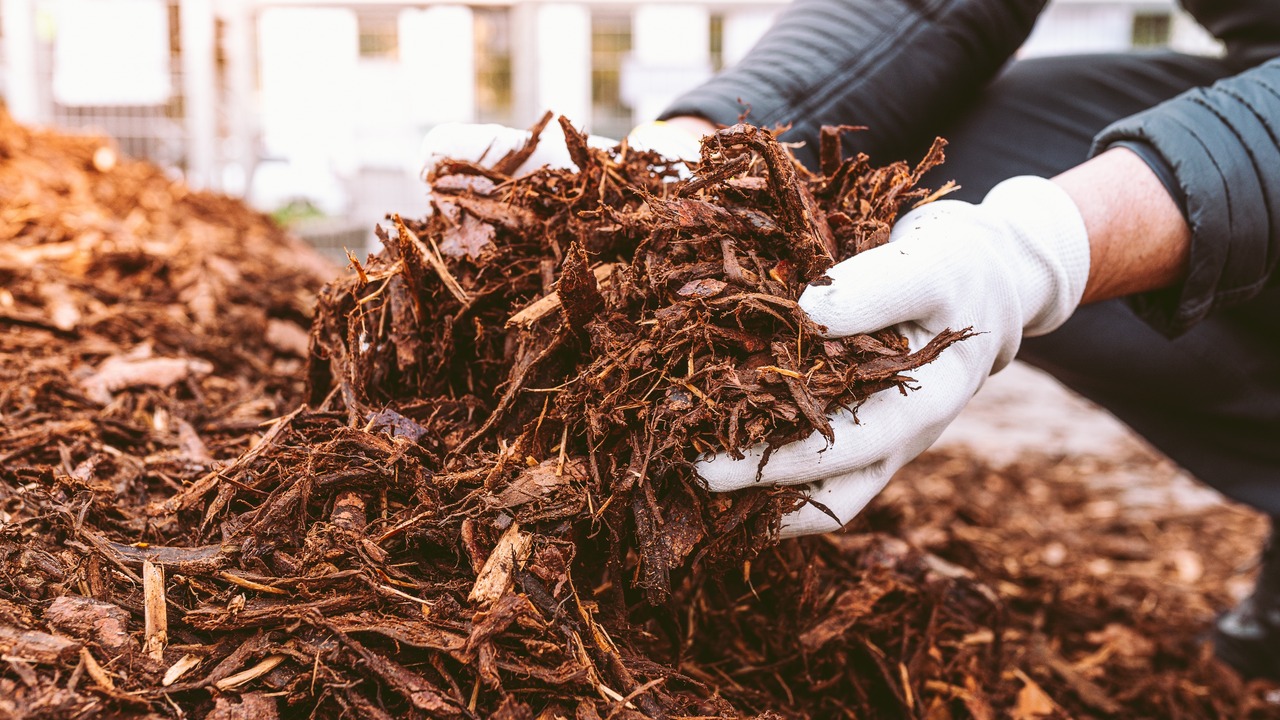
Image Credit: Shutterstock.
Organic mulch can benefit oak trees as well as the plants around them by moderating soil temperatures, retaining moisture, providing minerals (as it decays), and improving soil structure. Spread two to four inches of organic mulch, such as wood chips, bark mulch, or leaf litter. As with soil additions, take care not to mound mulch around the trunk. Rather, leave a gap of several inches between the trunk and the mulch.
It can also be beneficial to leave at least some of the fallen oak leaves on the ground around the oak tree as a natural mulch. You can check leaf raking off your to-do list this autumn without ever picking up the rake!
Here’s how to compost wood chips fast.
4. Plant Sparingly
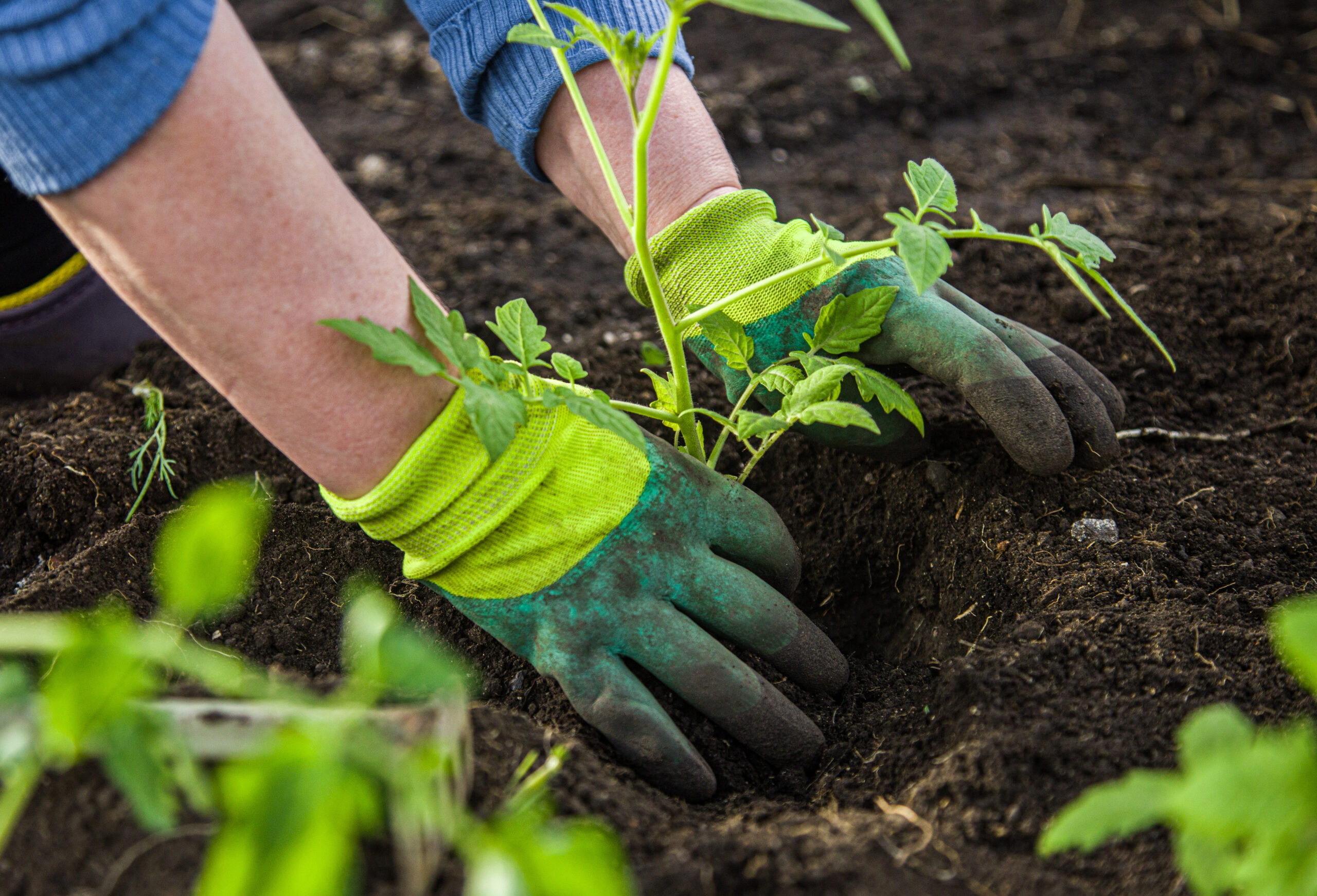
Image Credit: Shutterstock.
In contrast to the mounds of flowers and foliage filling other areas of the garden, the space under and around oak trees should be handled with a minimalistic approach. Dense plantings compete with the roots for nutrients and water and require more disruption of the soil around the tree to install.
Consider the tree itself as the focal point, and use other plants simply as accents to complement it. Be flexible, too, with the placement of each plant. If you come across a large root while preparing a hole for a plant, you will need to choose another location for that specimen to avoid damaging the root.
5. Consider the Zones
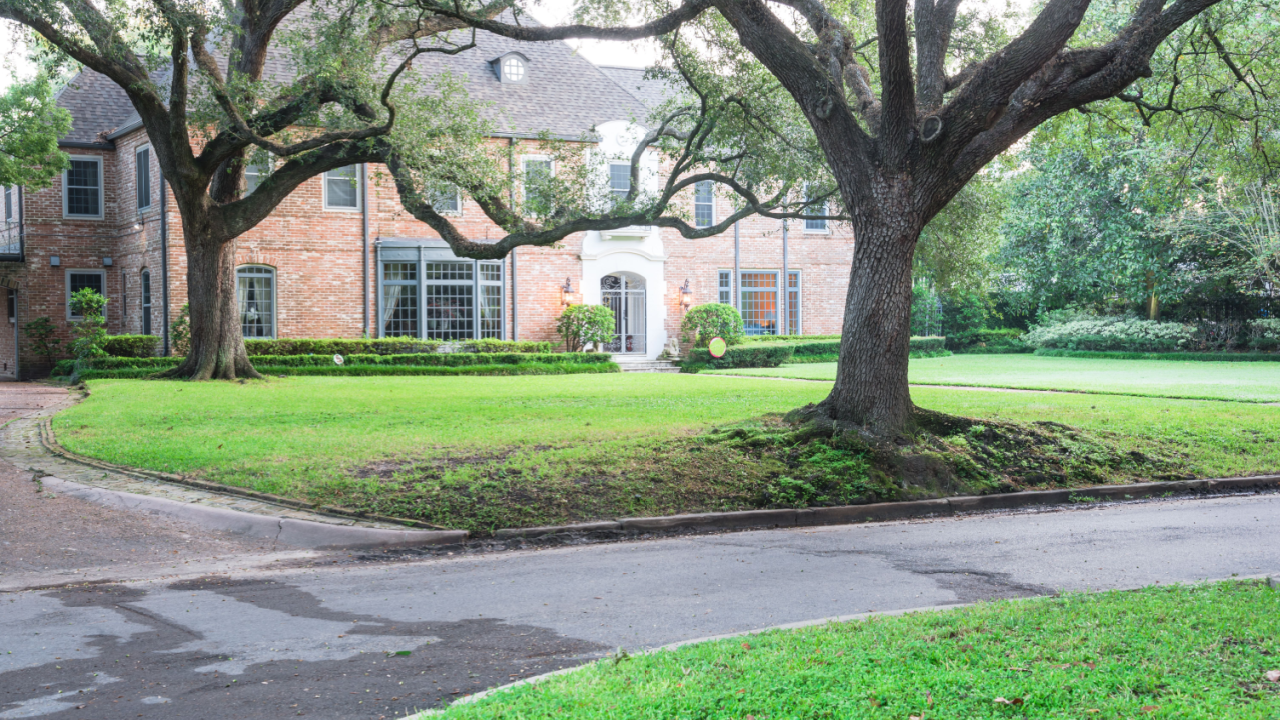
Image Credit: Shutterstock.
The root protection zone of an oak tree ranges from the trunk to the drip line, or edge of the canopy, though the root system may extend up to three times as wide as the branches. Within this area is the critical root zone, broadly regarded as existing within ten feet of the mature trunk. To get a more accurate idea of the size of the critical root zone for a specific tree, allow for one to one and a half feet per inch of trunk diameter. Keep in mind that young trees will grow, and thus this zone will expand.
But what on earth does all that mean? The biggest takeaway is to protect the roots within the root protection zone and use the greatest care with the critical root zone.
Minimize soil compaction and avoid hardscaping in the root protection zone. If a frequently used walking path goes through it, redirect the path to go around. When paving cannot be avoided, choose porous options such as brick or gravel, and keep it as far away from the trunk as possible.
Ideally, experts say, you should not plant anything within the critical root zone of an oak tree. If you find this rule difficult to follow, just try to place plants as far from the trunk as possible, and choose small, shallow-rooted species.
You can also help fill this space with a few statuettes or a collection of special stones or shells. Just make sure that anything placed under an oak tree is light enough not to compact the soil. Shrubs and other larger plants should be placed outside the dripline to allow sufficient room for growth in all directions.
6. Irrigate Infrequently
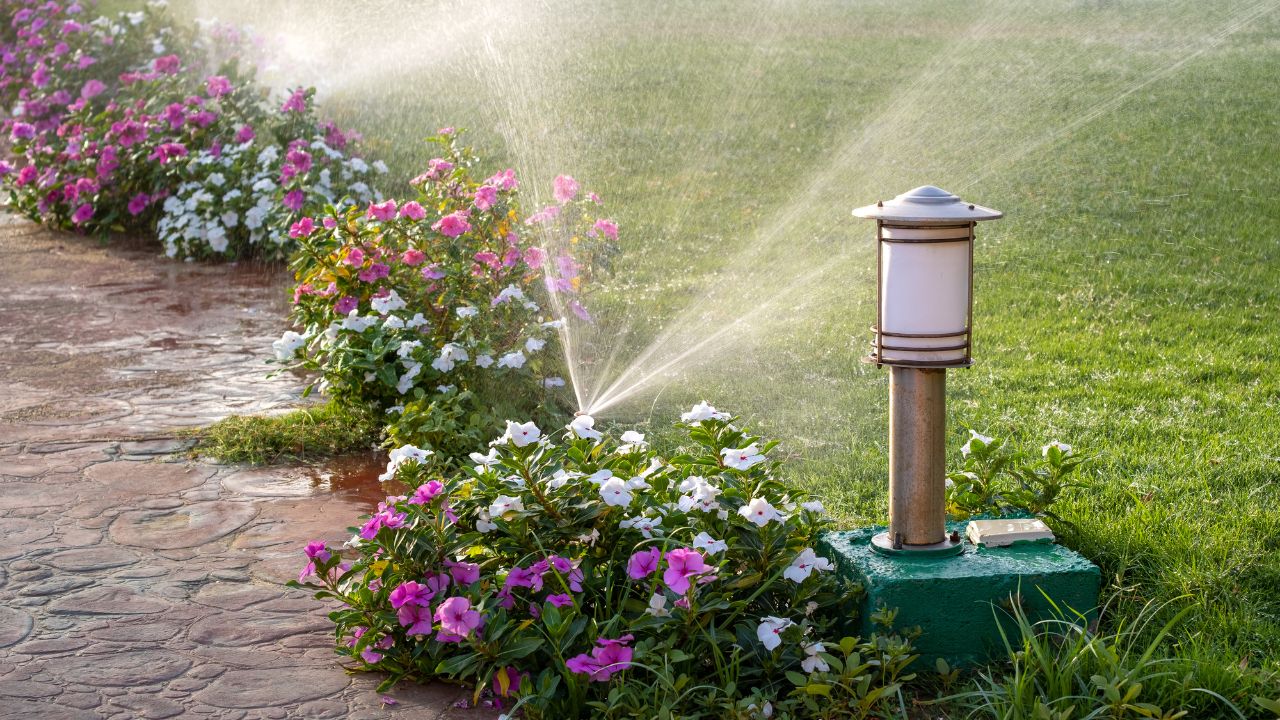
Image Credit: Shutterstock.
Excessive moisture can cause deadly problems like oak root fungus or crown rot in oak trees, which require little to no supplemental water once established. Especially avoid irrigating within the critical root zone (see tip 5).
For new plants under an oak tree, irrigate just enough to help establish the young plants, and avoid saturating the soil for extended periods. Target the individual plants rather than the whole area, such as with drip irrigation or careful hand watering. Once the plants become established, cease irrigating unless absolutely necessary.
Oak trees should also be provided with sufficient drainage to prevent waterlogging. If the current landscape causes water to collect around an oak tree, put a system in place to redirect it, such as a French drain.
7. Use Containers
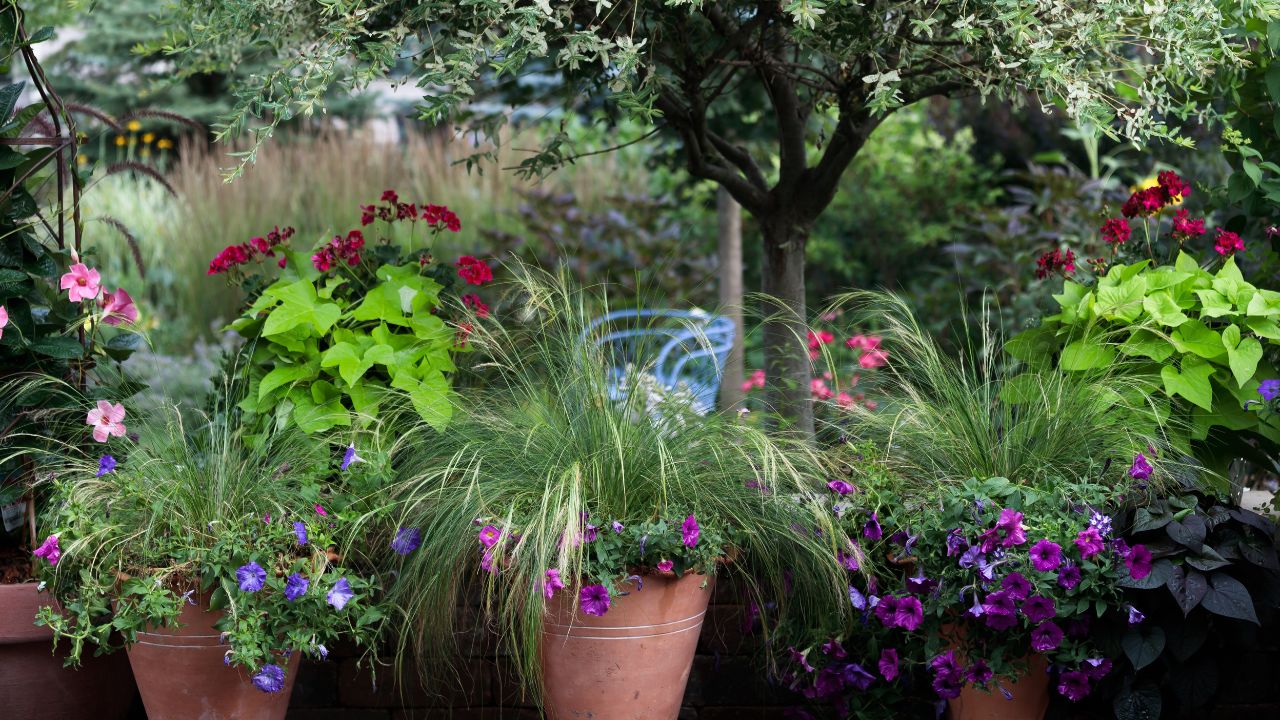
Image Credit: Shutterstock.
A great trick for getting more plants under an oak tree without overcrowding the roots is to use containers. Placing containers directly in the garden bed allows you to add height where large shrubs cannot be planted. You can also add thirstier plants this way, since most added moisture will remain contained in the pot, thus allowing for more frequent irrigation without saturating the oak roots. If you arrange in-ground plants around the pots, they can benefit from any water that seeps through the drainage hole.
Remember that anything too heavy might compact the soil underneath it. To lighten up larger pots, choose lightweight containers. To begin with, use a lightweight soil mix, and/or add something to the bottom of the container to both improve drainage and reduce the amount of soil required, such as broken nursery pots or empty plastic bottles.
8. Choose Native Plants
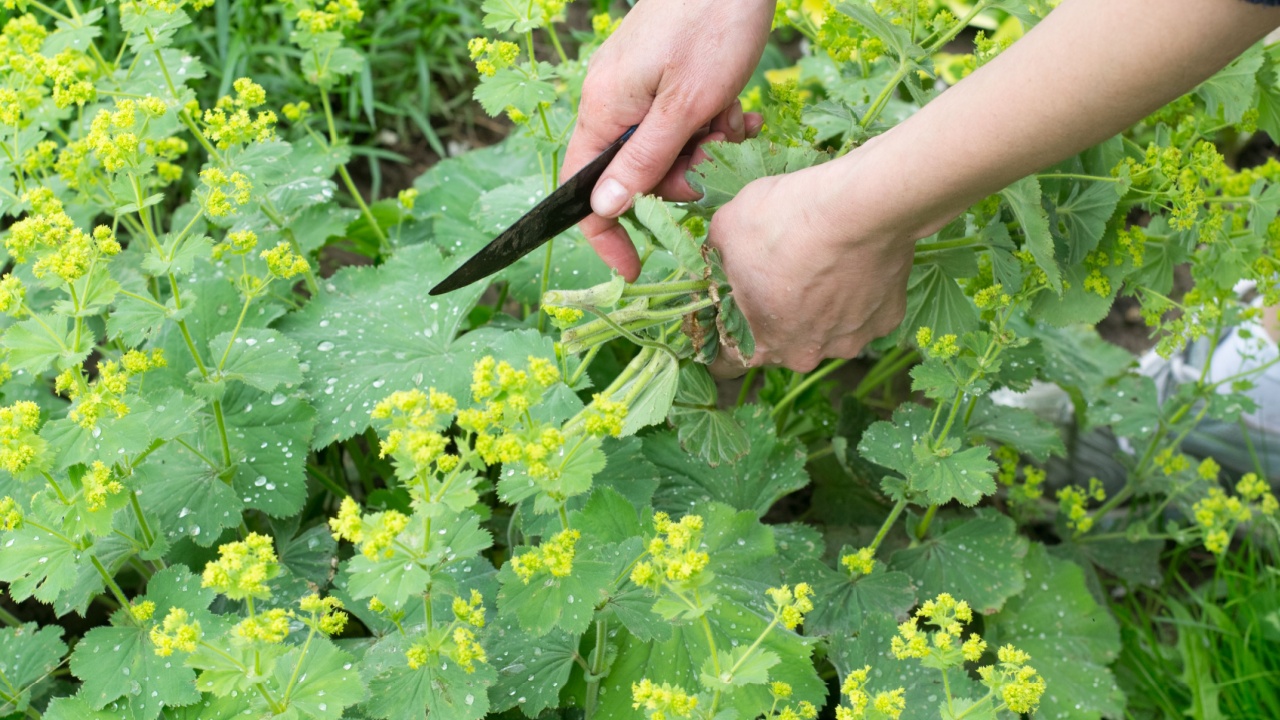
Image Credit: Shutterstock.
Finally, we come to the fun part: plants! The best plants for under an oak tree will be herbaceous perennials and bulbs that are shallow-rooted, drought-tolerant, and shade-loving. In other words, you want small plants that thrive in dry shade. These plants need to require little to no maintenance, including irrigation or fertilizer.
While finding such plants may seem close to impossible, it actually might not be as difficult as you think. Remember the research suggested in tip 1? Learning about your specific species of oak will help determine which types of plants grow well with it. We’ll look at specific examples next.
Plants That Grow Well Under Oak Trees
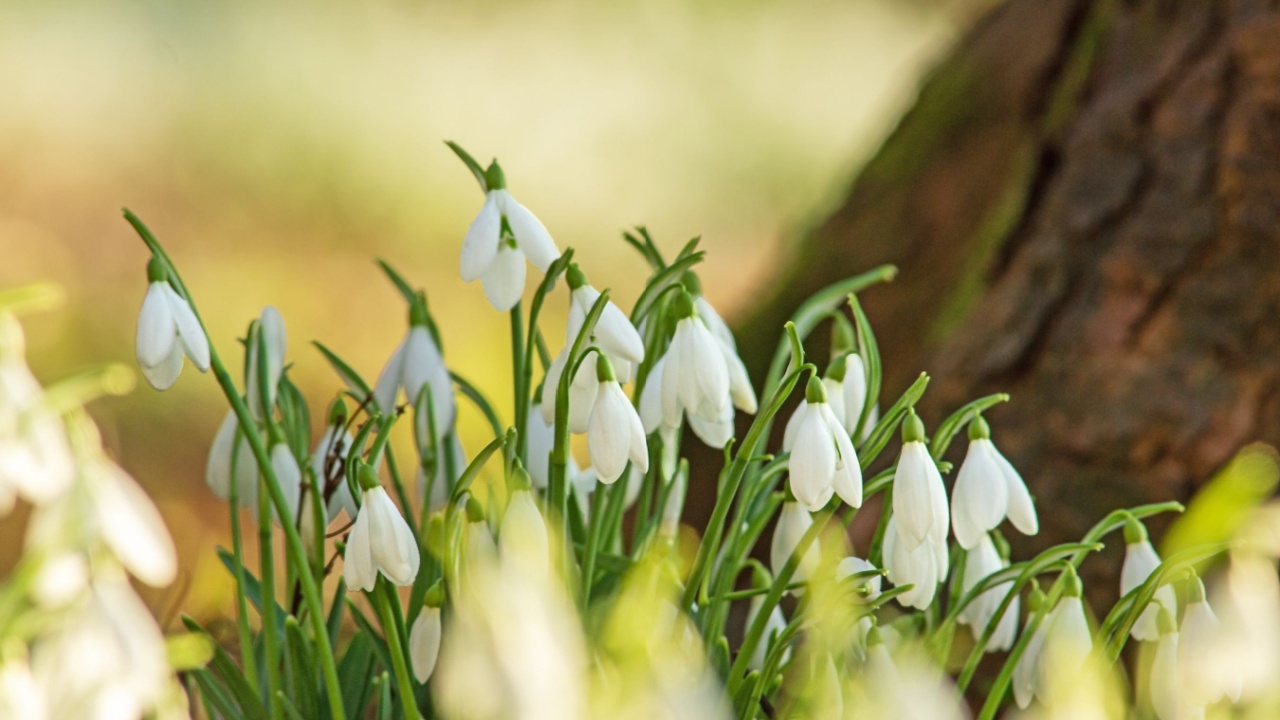
Image Credit: Shutterstock.
Because these native plants grow alongside oaks in the wild, they are naturally adapted to the same growing conditions and requirements. Native plants, in general, need little to no care once established for the same reason: they have adapted to local growing conditions. While the best plants for your oak will vary based on your location and oak species, here are a few suggestions to help get you started.
Bulbs
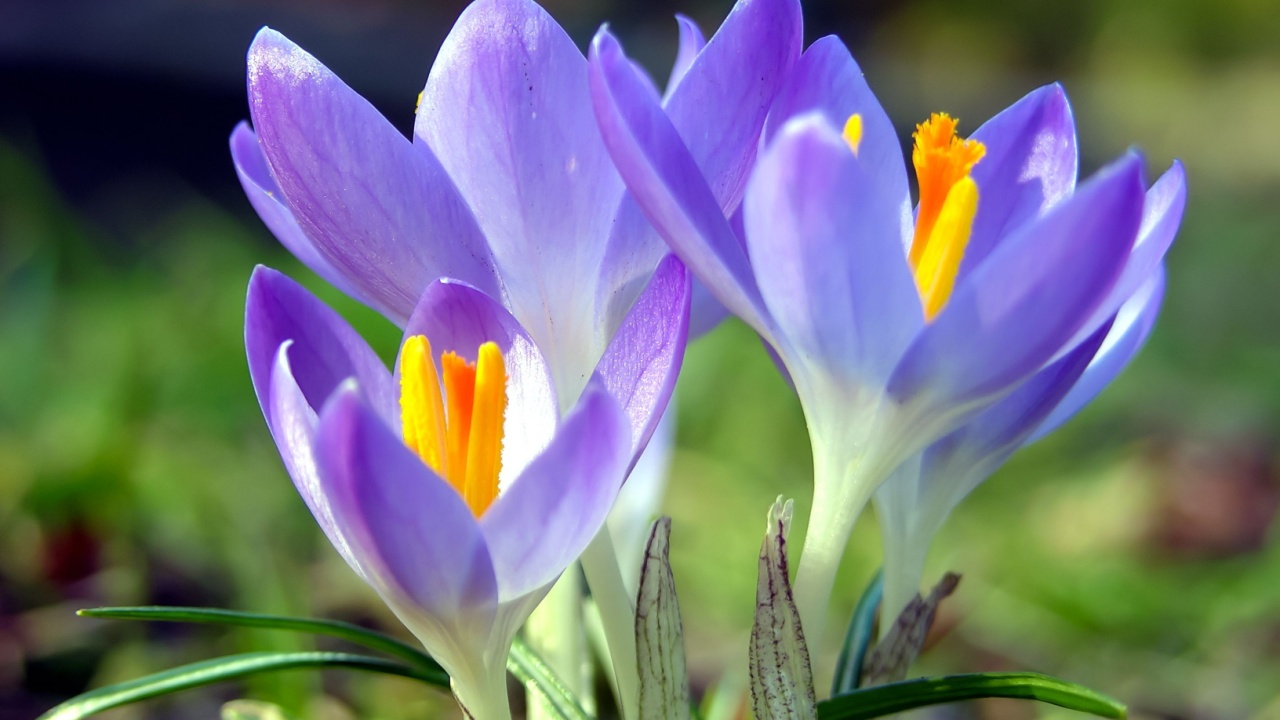
Image Credit: Shutterstock.
These shallow and hardy flowers are great companions for your shade-throwing oak. (Note that some of these are not native to North America.) Crowd favorites include:
- Crocus (Crocus spp.)
- Hardy cyclamen (Cyclamen spp.)
- Iris (Iris spp.)
- Snowdrop (Galanthus nivalis)
Perennials
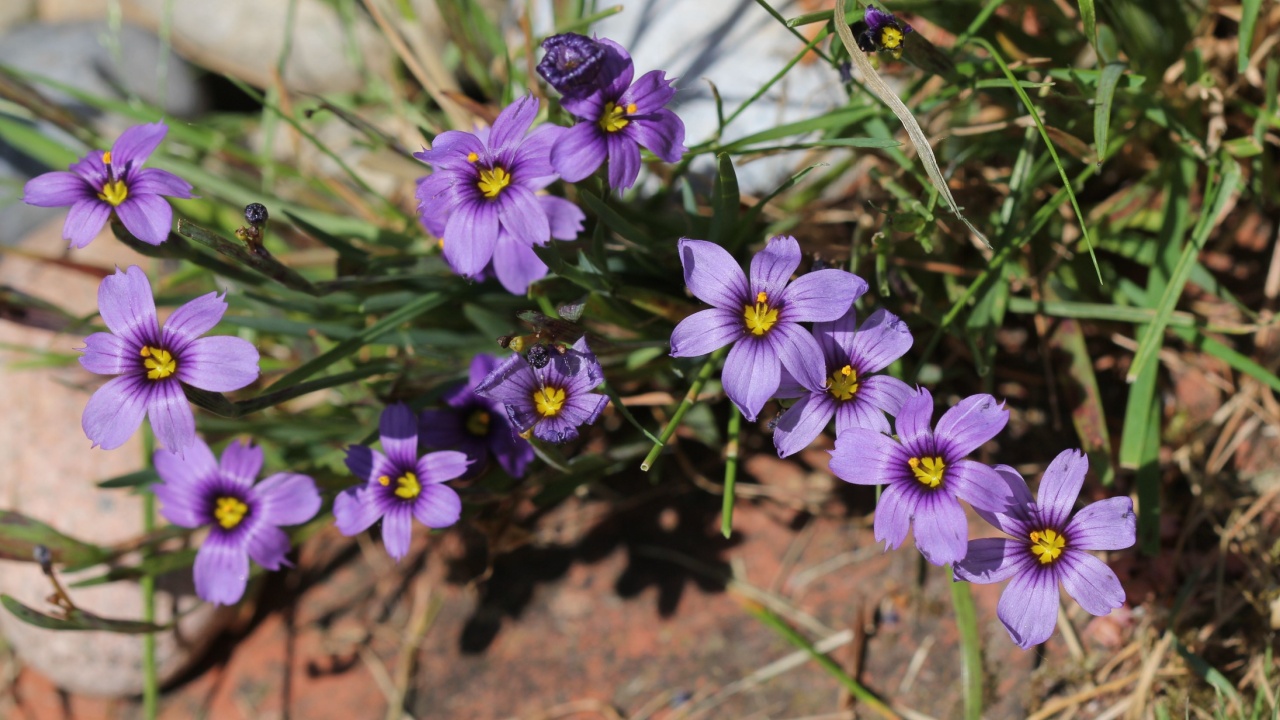
Image Credit: Shutterstock.
There are a ton of perennial varieties that will bloom all season long to give your oak a beautiful ambiance. Some options include:
- blue-eyed grass (Sisyrinchium bellum)
- columbine (Aquilegia spp.)
- green and gold (Chrysogonum virginianum)
- Salvia (Salvia spp.)
- wild ginger (Asarum canadense)
- yarrow (Achillea millefolium)
Shrubs
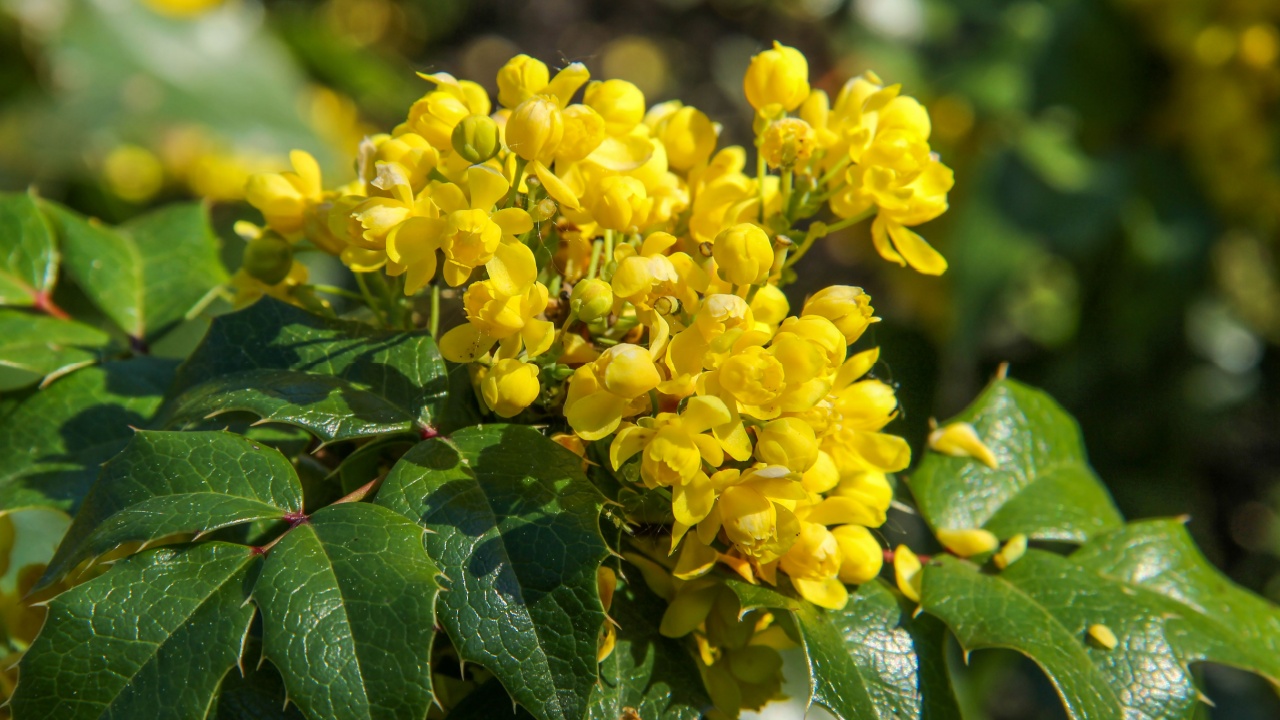
Image Credit: Shutterstock.
Some shrubs have shallow enough roots to consider:
- Manzanita (Arctostaphylos spp.)
- Oregon grape (Mahonia aquifolium)
- Wild lilac (Ceanothus spp.)
Landscaping under oak trees doesn’t have to cause a big headache, nor do you have to resign yourself to the ugly bare patches of soil currently marring the space around your oak tree. By looking to nature and mimicking the patterns found there, you can design a beautiful garden around an oak while also protecting the long-term health of the tree. Everyone benefits!
Other Tips to Consider
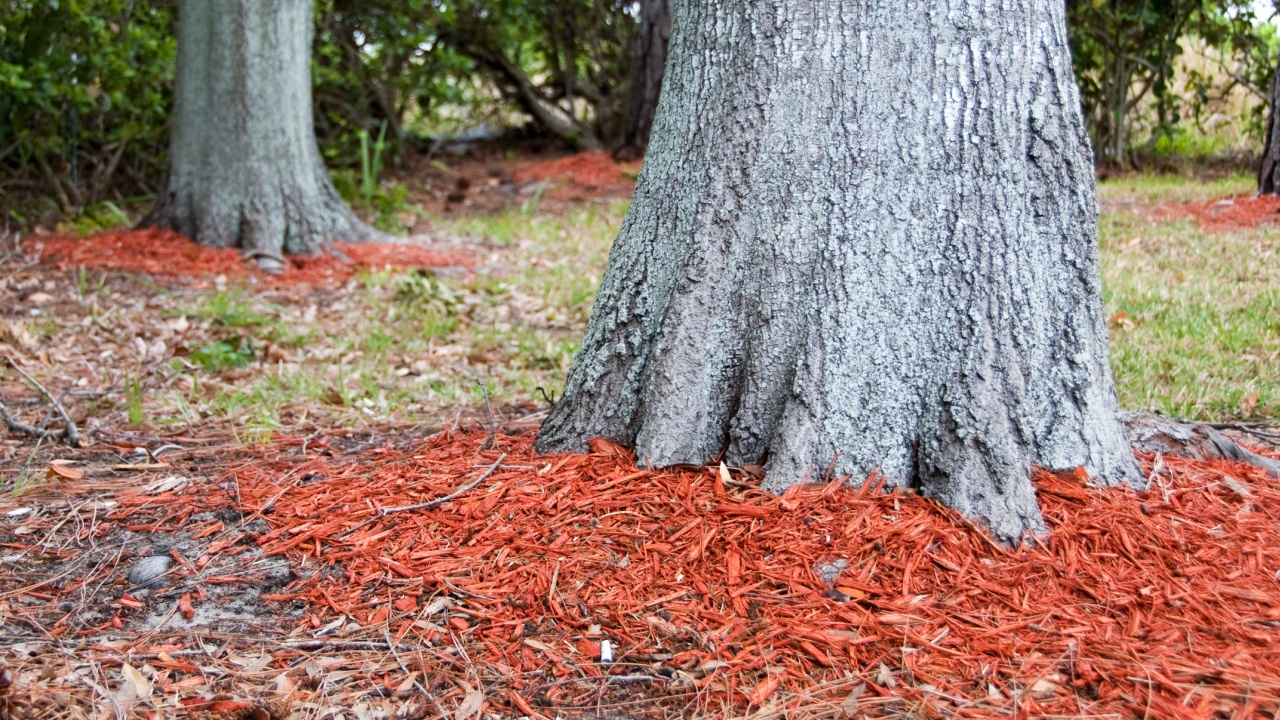
Image Credit: Shutterstock.
Don’t attach anything to or drill anything in the tree trunk. You should also avoid placing benches, swings, or other furniture too close to the trunk of the tree. You might decorate around the base of the tree with river rock or add a full rock garden. This could be a good place to put a nice reading bench so you can sit in the shade and enjoy your time outdoors.
- Avoid planting anything that creates root competition
- Consider a raised bed that doesn’t harm the roots
- Use small plants in containers that can be moved
- Use mulch around the base of a tree
- Create a shade garden under the tree
If you have a large yard, this could be the perfect tree choice. If you moved in and it was already there from the previous owner, all you need to do is nurture it, and it will last many years for you. One of the main risks to oak is fungal diseases, but this can often be prevented, especially by considering how you decorate around the tree. With the right care, you can appreciate the majestic oak for many years to come!



Mumtaz Saiyed
Saturday 11th of March 2023
I live in Houston, Texas. I have tried a lot of varieties of plants and so far I have not had success. Last year implanted lantana and hoping it will survive and come back this year. Thinking of trying Hostas and trailing junipers to cover.